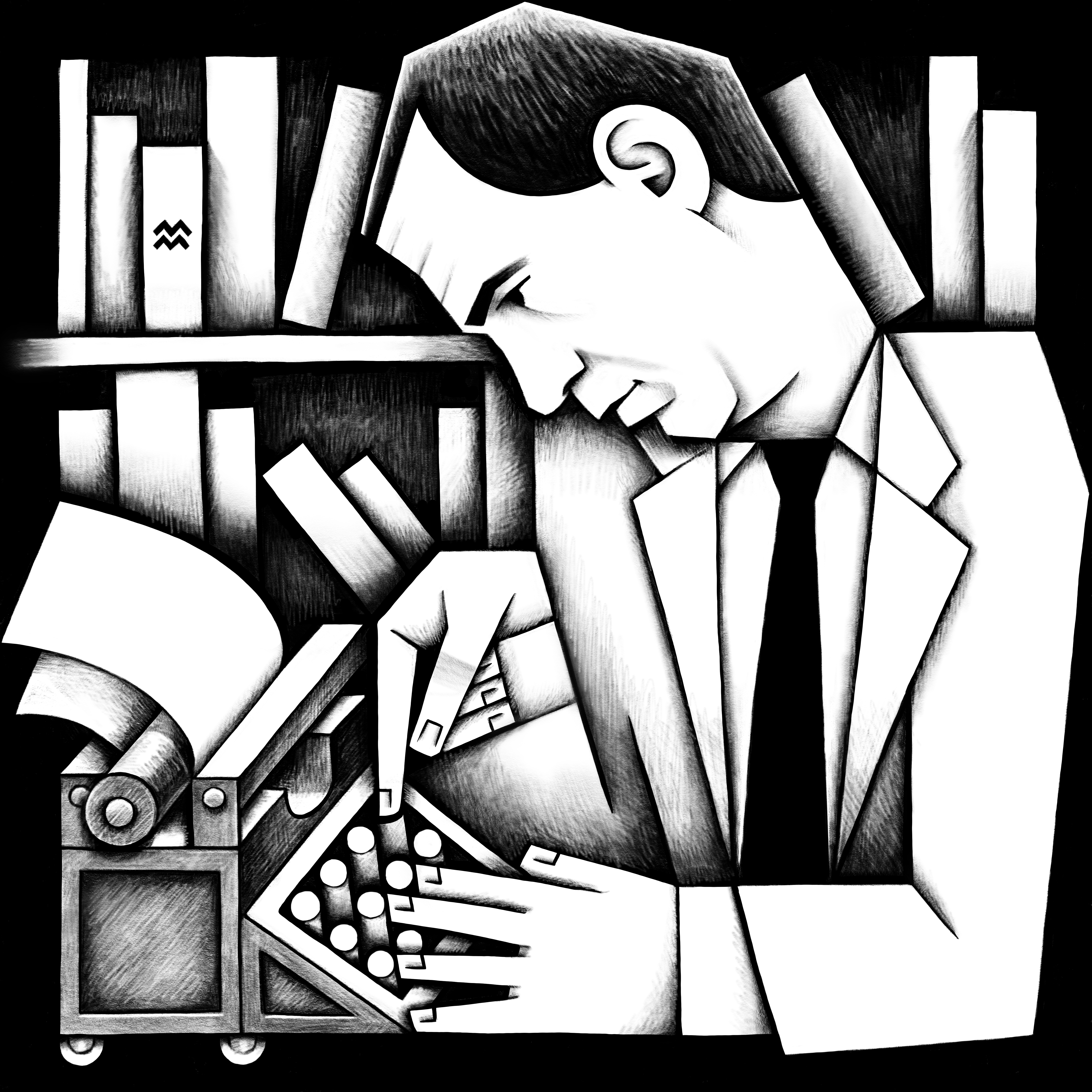
Palindromes
A palindrome is a text whose sequence of letters and numbers is the same forwards and backwards. This definition does not consider spaces, linebreaks, or punctuation to be letters: these may be used freely. This form is perhaps the most difficult (and one of the most well-known) of any known ludic or poetic form, with the possible exception of the perfect pangram or word square. Letters tend to accumulate in sequences that are not easily reversible.
Because of their inflexible structure, lucid palindromes are highly, almost magically, mnemonic. Even if you can remember only part of a palindrome it is generally easy enough to reconstruct the rest. Perhaps for this reason, there exist numerous canonical palindromes whose authors are not known, such as the example above.
Palindromes tend to be short, which opens the question of what the longest palindrome ever written is. However, this question is not ultimately interesting, because if you put any palindrome next to itself, it becomes a palindrome twice as long (and repetitive). Georges Perec is known for writing the longest literary palindrome in French. But there exist longer palindromes in English (probably also in French), many with aspirations toward literary quality. Between 1971 and 1980, the Guinness people kept a record for longest palindrome. During that time the record increased from 242 words to 11,125. I guess they came to their senses and dropped the category. Determining quality is murkier than counting the words. You could evaluate long palindromes in the academic sense - were they published? in print, right? by whom? - then you’d be down to three (to my knowledge): 2002: A Palindrome Story in 2002 Words, by Nick Montfort and William Gillespie (2002 Words, 2002), which is still in print, Satire Veritas (58,795 words, 1980), and Dr. Awkward and Olson in Oslo (31,954 words, 1986), neither of which can be easily found nowadays, though Spineless may bring them back, if we can find any information about the authors' whereabouts or next of kin).The editor of the Palindromist scoffs at epic palindromes, and thinks that the poems of Mike Maguire are the most graceful examples of the form.
It is possible to consider the form of the palindrome (a text followed by some reversal) independently from the unit (the alphanumeric character) to which it is normally applied. For example, here we consider the Word Palindrome and the Line Palindrome.
Source
Traditional
Examples
There are a curious collection of classic palindromes for which authorship is either lost, or irrelevant in light of the transcendant beauty of the thing itself.
Mr. Owl ate my metal worm.
Satan, oscillate metallic sonatas.
A man, a plan, a canal: Panama.
Step on no pets.
Georges Pérec's Le grand palindrome is an important contribution to the research.
Works that use this form
- 2002: A Palindrome Story in 2002 Words, by William Gillespie and Nick Montfort
- Deterpreted
- Naive Plug
- Newspoem 12 February 2005: So Criminal a Police to Police a Criminal So
- Newspoem 17 January 2001: [found palindrome, author unknown]
- Newspoem 18 May 1998: {Last week, India conducted tests of five nuclear weapons. The U.S. imposed sanctions}
- Newspoem 28 May 1998: {Today Pakistan carried out five nuclear tests as a response to India. The Ghavri missile, tested April 6th, has a range of 900 miles.}
- Nil
- Raw War
- Student Talks to Poet
- Victory Speech
- [word palindrome]
forms are free
> Table of Forms Book
> Table of Forms Table > All Forms
> > > www.webworkwriting.com